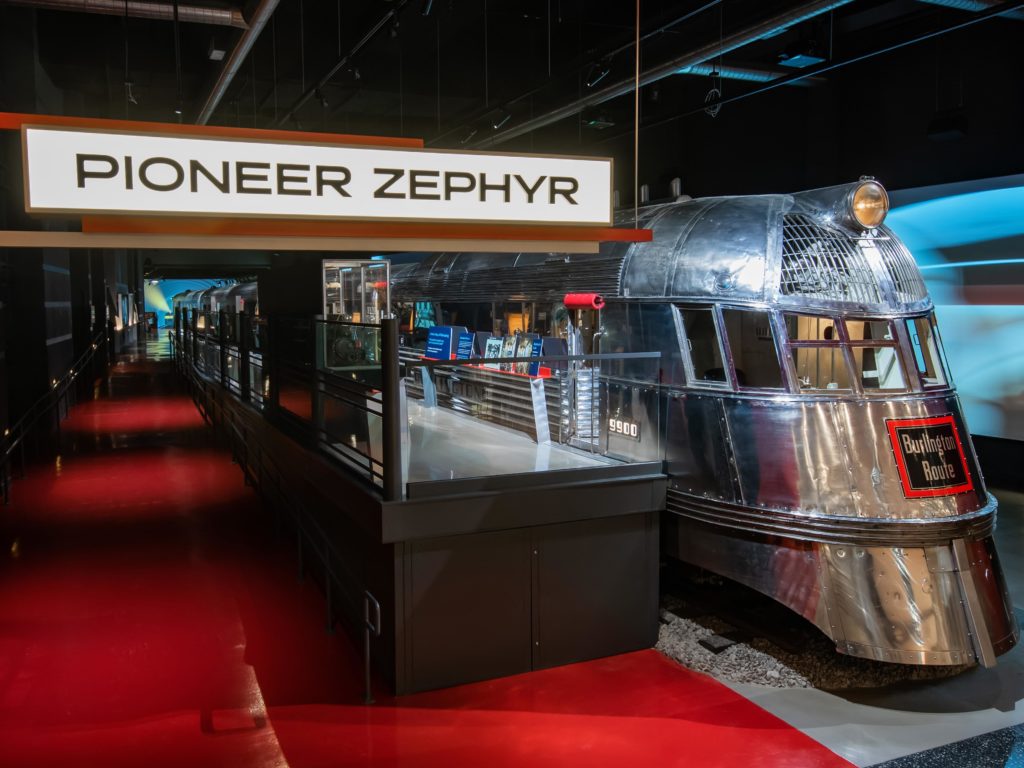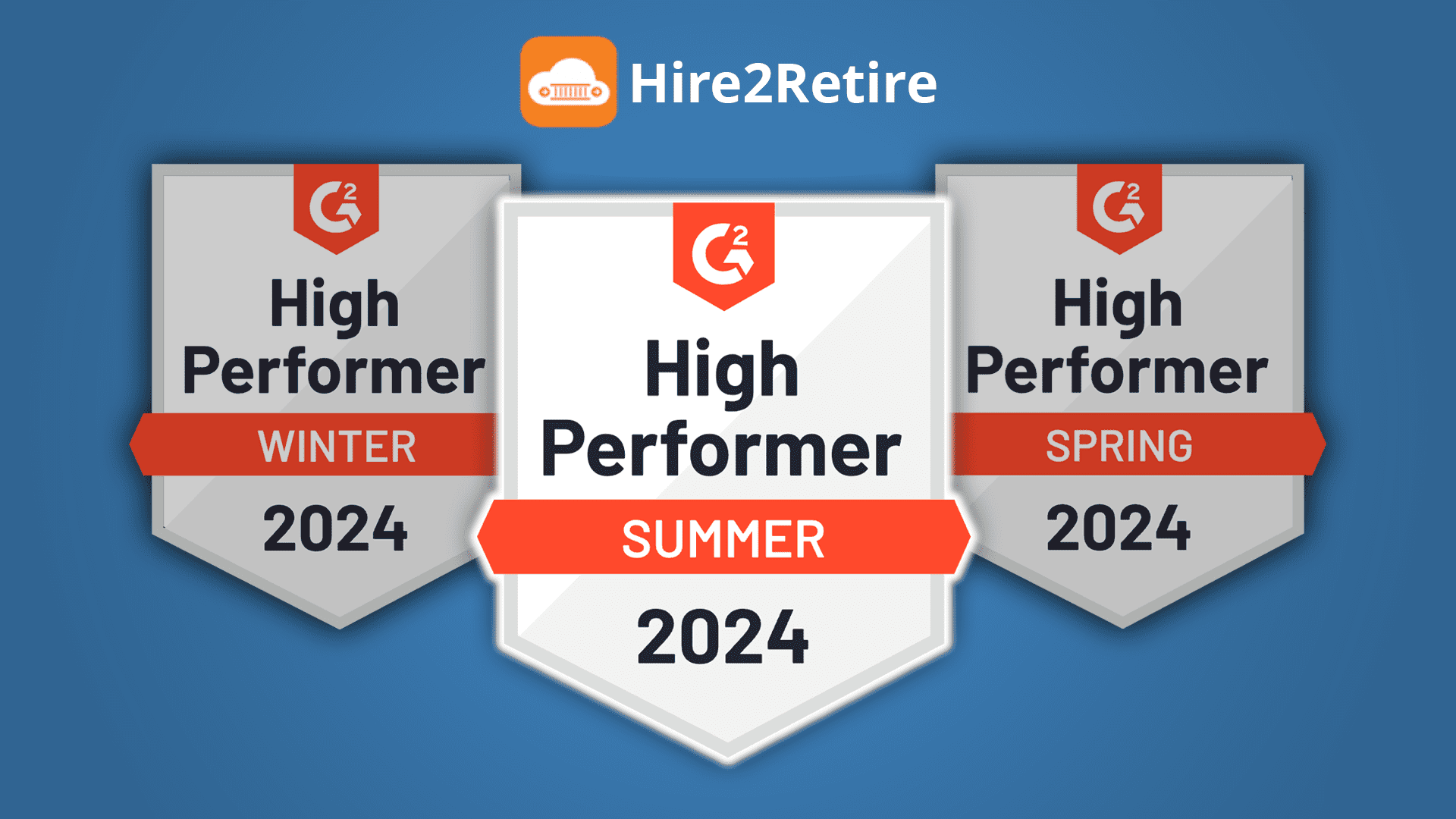Keeping up staffing with the seasonal surge of visitors
IT and operations teams have to play catch up making sure the new hires were fully set up with email and application access before they show up on the first day at the job.
Chaos and poor "First Day at Work" experience for the new hires
Automated "Hire to Retire" process to the rescue
-
Cost-saving by not hiring costly AD sysadmin resources
-
Cost-saving by not hiring costly AD sysadmin resources
-
Great “First Day at Work” experience for new hires and seasonal workers
-
Significantly reduced Information security risk

Bramh Gupta
Bramh Gupta is the founder and CEO of RoboMQ. He has a background in large scale real-time manufacturing systems, telecommunications and design and architecture of highly scalable and resilient enterprise systems. He is passionate about real-time integration and the value that it brings to business operations and critical decision making.
Bramh holds an MBA from the Kellogg School of Business and Industrial Engineering degree from the National Institute of Technology, Jamshedpur. Bramh combines his business insights and architectural skills to design and create highly scalable, integration platforms and tools that are needed to power the API economy.





